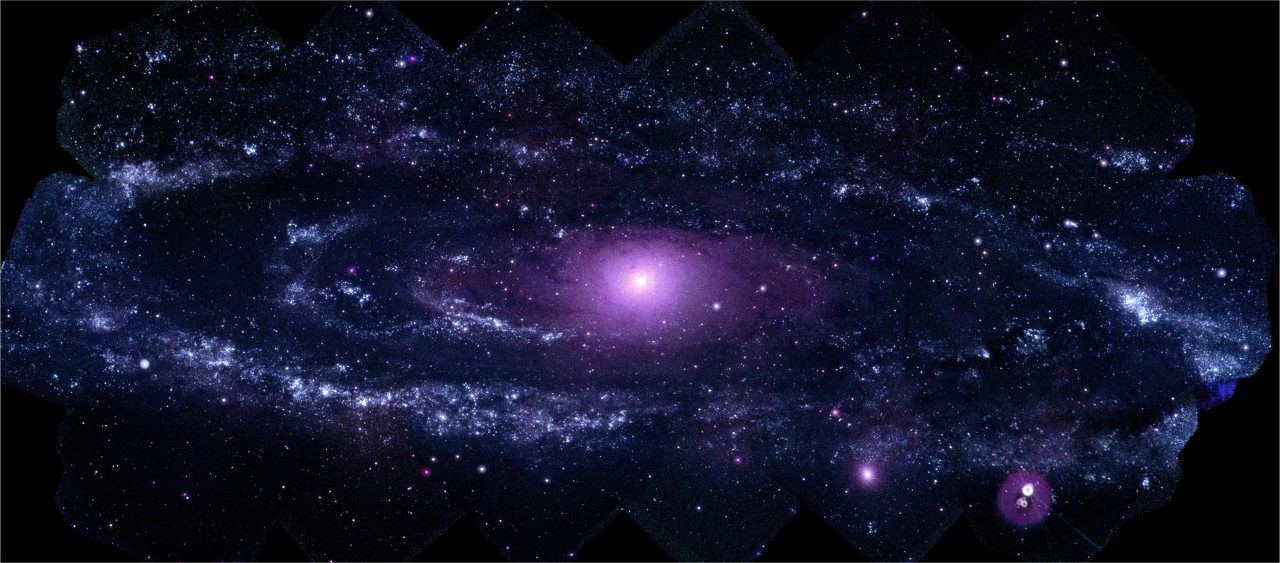
Real estate bubbles. Dot-com bubbles. And now— bubbles in the universe?
Well, yes. In the Milky Way, anyway.
It appears that a few million years ago—the mere blink of an eye in celestial time—our little galaxy began producing a pair of lovely bubbles, one above and one below the plane of the galaxy. Each is now about 25,000 light-years tall, a rather substantial pair of bunny-ears on a galaxy that is only 100,000 light-years across.
The bubbles are gamma-ray structures, and hints that they existed were first observed in the 1990s by ROSAT (Röntgen Satellite), a German-based mission. More recently, in 2010, NASA’s Fermi Gamma-ray Space Telescope mapped their full extent.
The bubbles were previously obscured by the fog of gamma rays that constantly permeates the galaxy, caused by near light-speed particles interacting with light and interstellar gases. The bubbles demonstrate clear edges, and their shape and emissions signatures suggest they were created by a quick, intense release of energy, perhaps the eruption of a super-massive black hole in the center of the galaxy.
The energies involved in creating and sustaining these structures are unimaginable. They represent vast, raw power that could have produced massive annihilation, turned instead to creating… bubbles. The universe is a fierce, cold place, but it also has the potential for gentleness and whimsy, it appears.
IMAGE: NASA/Goddard Space Flight Center Scientific Visualization Studio via Creative Commons 2.0
